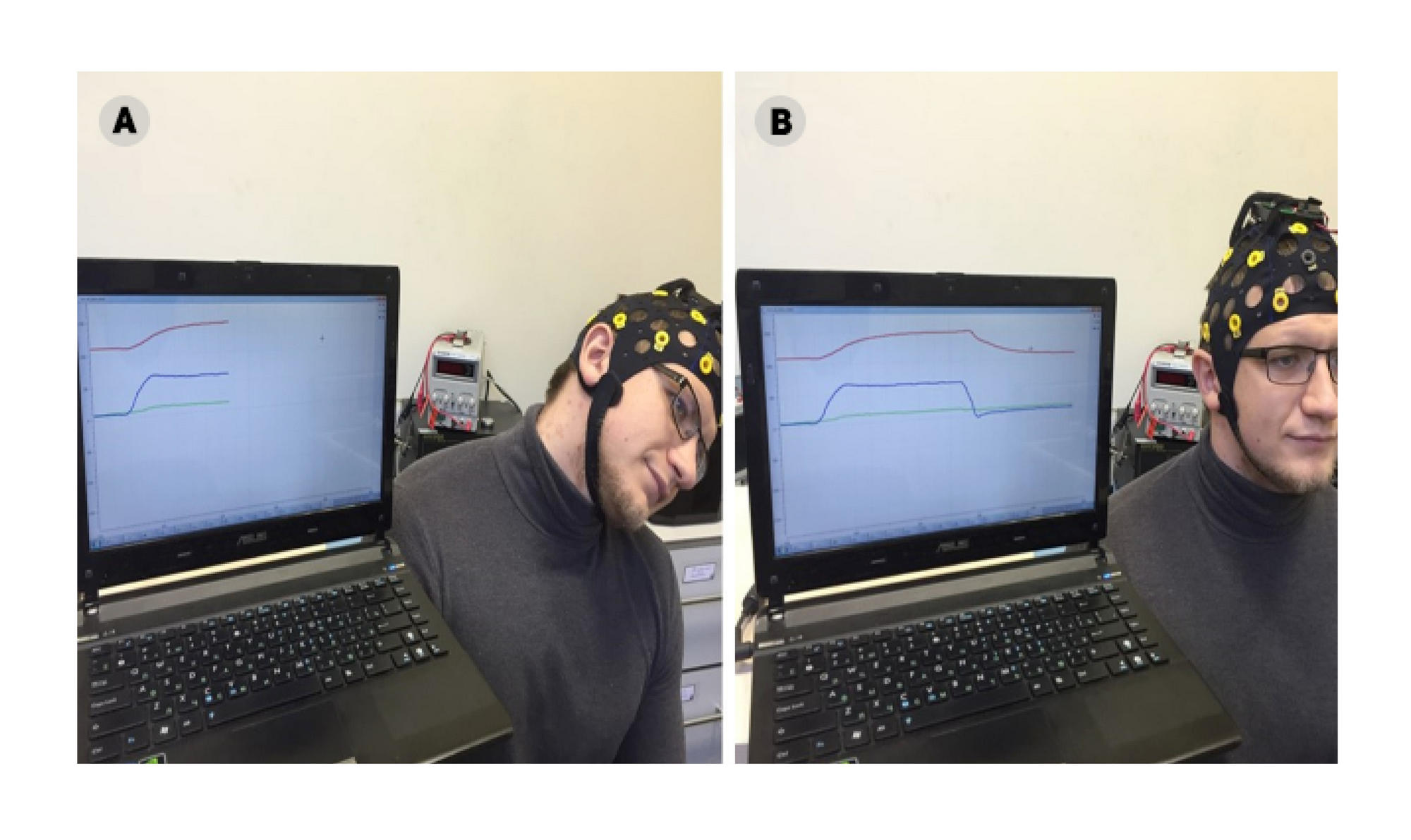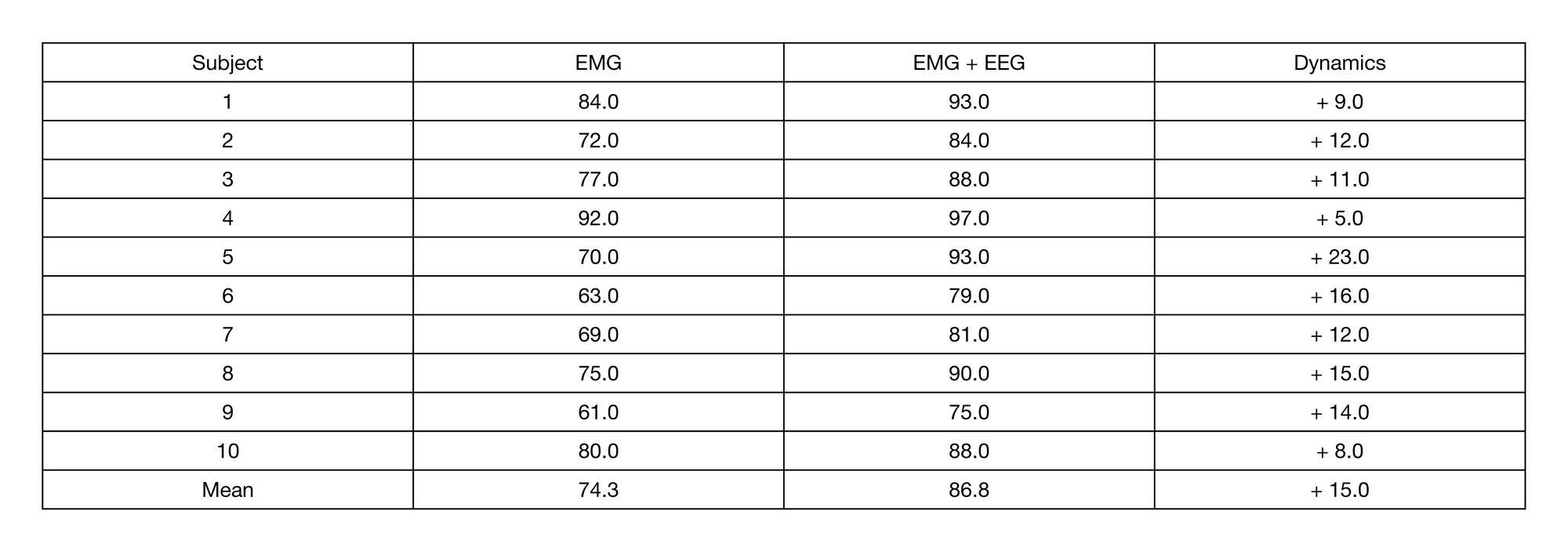
This article is an open access article distributed under the terms and conditions of the Creative Commons Attribution license (CC BY).
ORIGINAL RESEARCH
Development of a neurodevice with a biological feedback for compensating for lost motor functions
1 Institute of Chemistry and Biology,Immanuel Kant Baltic Federal University, Kaliningrad, Russia
2 Department of Hospital Surgery No. 1, Faculty of General Medicine,Pirogov Russian National Research Medical University, Moscow, Russia
3 Department of Human Pathology, Faculty of Postgraduate Professional Training of Physicians,The First Sechenov Moscow State Medical University, Moscow
Correspondence should be addressed: Evgeny Bogdanov
ul. A. Nevskogo, d. 14, Kaliningrad, Russia, 236041; moc.liamg@vonadgobue
Funding: the work was supported by the Ministry of Education and Science of the Russian Federation (Grant Agreement no. RFMEFI57815X0140 dated October 27, 2015).
Acknowledgements: the authors thank Alexandr Romanov of the Rehabilitation Center of the Administrative Department of the President of the Russian Federation, Moscow; Raphael Oganov of State Research Center for Preventive Medicine, Moscow; Daniil Borchevkin, Alexey Belousov, Vladimir Savinov, Sergey Sokolov, and Alexey Medvedev for their scientific contribution and productive collaboration.



